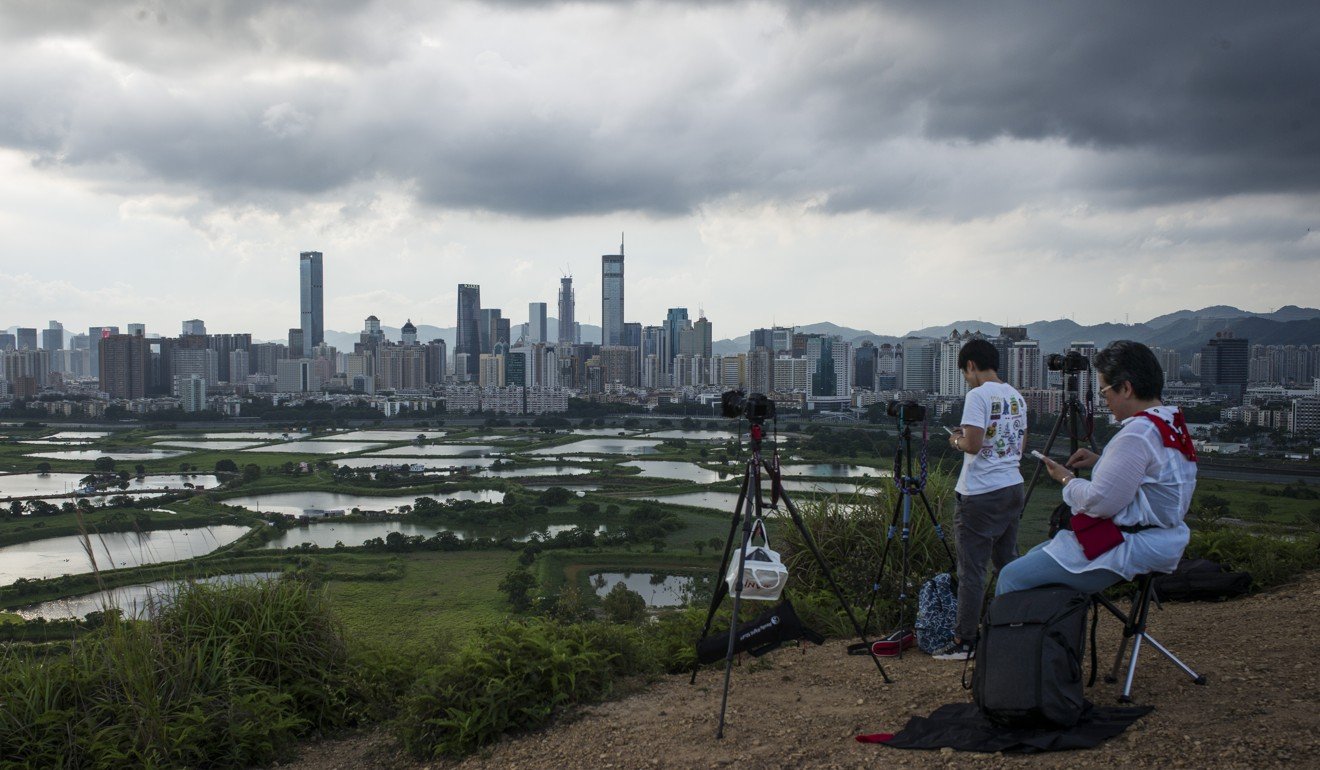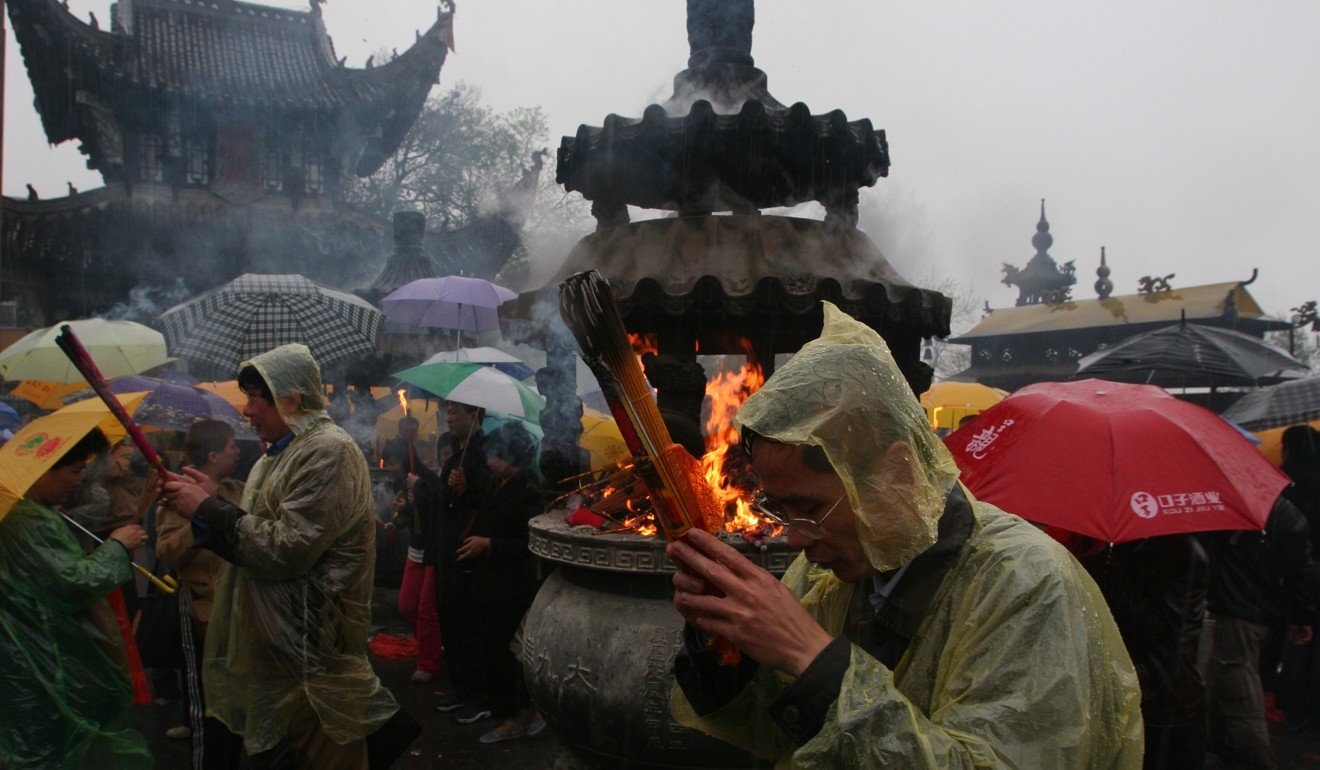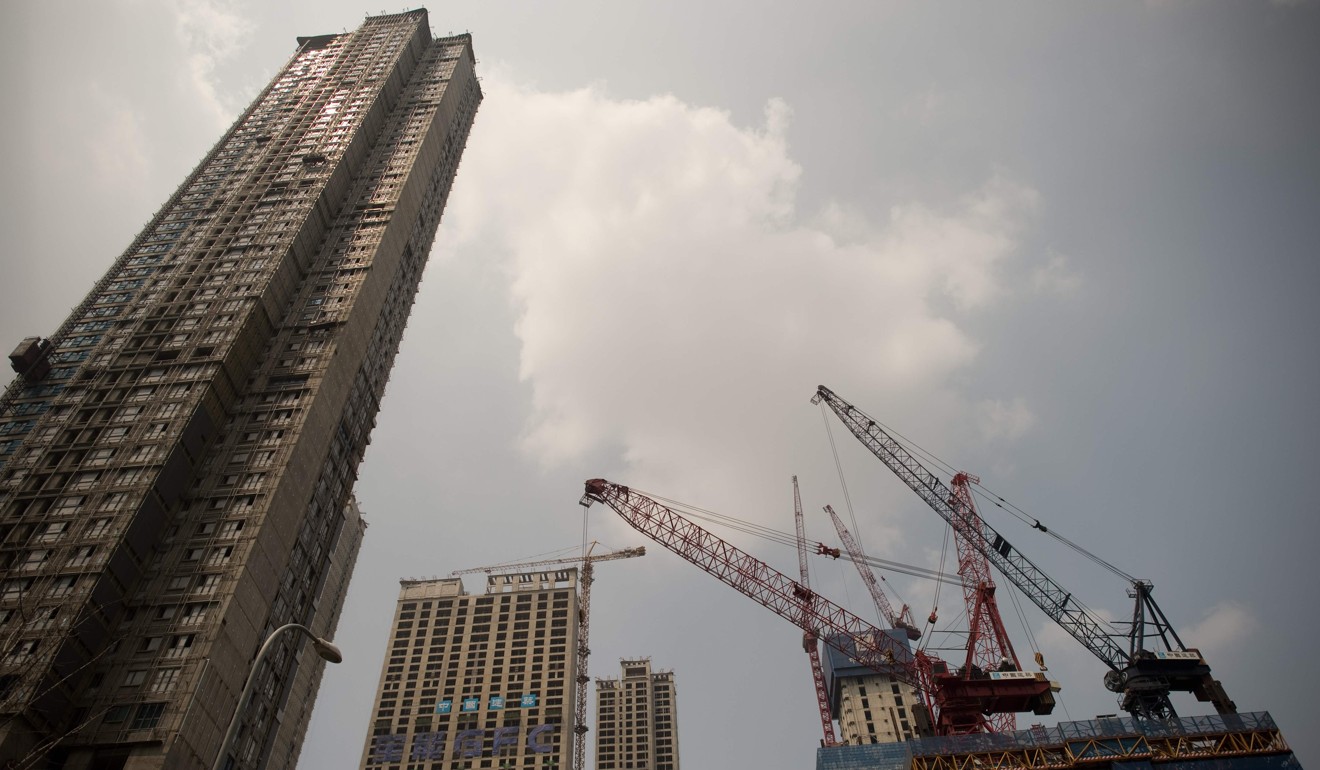
Why Xi Jinping’s China model is about both material and spiritual rejuvenation
Patrick Mendis says the Chinese president has plans for his country’s development that, like Alexander Hamilton’s in the US, could spill over into both social and religious realms

China has been pursuing a new model of governance for human development. As success breeds success, the so-called “China model” has proven effective for economic progress and material development. This perspective was highlighted in the recently concluded 19th party congress in Beijing.
Among many other achievements, President Xi Jinping showcased China’s high-speed railways and modern highways that roll through mountains and over bridges, connecting cities and villages across the nation and beyond. The cityscapes and towering architectural designs made the landscapes of Chinese cities look like hundreds of Singapores and Hong Kongs across mainland China.

Above all, hundreds of millions of Chinese have been lifted out of poverty into the middle class. And China now has one-third of the world’s millionaires. Given this unprecedented success story in human civilisation, it is important to consider whether the Chinese model of “rejuvenation” can also lead to spiritual development. Xi appears to advocate this important element in cosmopolitan China.
Indeed, across China, a spiritual renaissance seems to be occurring, as Buddhist, Confucian and Daoist places of worship are modernised.
Travelling across China’s provinces, I have witnessed this phenomenon: an increasing number of pilgrims are visiting the holy mountain sites of these ancient traditions – Jiuhuashan in Anhui province, Taishan in Shandong province and Wudashan in Hubei province, among others.

When one looks back at American and Chinese history, a similar search for material well-being and spiritual fulfilment in life is evident. In America, there were the “colonists and Pilgrims”. In China, the “monks and merchants” had mutually enriched livelihoods at the pinnacle of the Tang dynasty.
Therefore, Xi’s speech to the party congress, lasting nearly 3½ hours, meticulously outlined the plan for the next five years and beyond for how China can achieve this dual goal of material and spiritual development with “Chinese characteristics”.
To achieve a revival of the nation and cultural legacy that Xi envisions, spiritual and religious progress is critically important, both at a personal and national level.

Beyond national boundaries, the Sino-American relationship is the most important in international affairs as China takes on a bigger global role. In the meantime, many are keenly watching the evolving affairs of these two republics and their seemingly divergent but overlapping political ideologies.
Alexander Hamilton, one of America’s founders, had a vision that is apparently unfolding in China, emphasising a strong centralised government, national banking system, manufacturing sector and Navy to protect national interests in trade. In fact, Hamilton’s political and economic design helped the US to achieve the vision of his arch-rival Thomas Jefferson, that is grass-roots democracy and religious freedom.
‘Xi Jinping Thought’ enshrined in the party charter
Today, these tensions are still evident, as the Hamiltonians and Jeffersonians in the Republican and Democratic parties debate the future of the US government as if American democracy were on the brink of collapse or in sharp decline.
I am eager to see how China in this “new era” under the Communist Party will transform the world into an alternate form of governance as the China model is tested in the future. Xi sees China emerging as “a modern and prosperous nation by 2020” and suggested that “other developing countries could adopt the same” China model for their people.

Unlike the former Soviet Union, China is still thriving as a civilisational state with an “adaptive leadership” in Beijing. This kind of dynamic leadership and professionalism, which can address corruption and transparency issues, must be watched judiciously for a better world.
Professor Patrick Mendis, a senior fellow of the Pangoal Institution in Beijing, is an associate-in-research of the John K. Fairbank Centre for Chinese Studies at Harvard University in Boston